15 Common Welding Myths BUSTED
Last Updated on
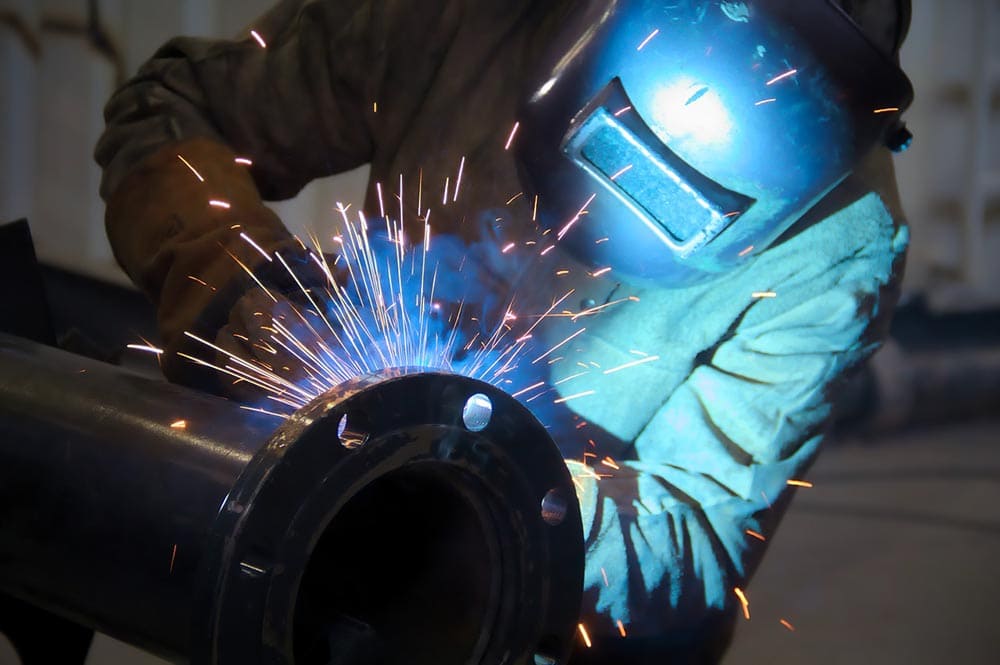
Welding is a lucrative profession that many people seek to venture into. However, many myths regarding the profession have captured the minds of would-be welders and prevented them from forging a successful career in welding.
This article seeks to debunk some of these myths so that people will have the proper knowledge about welding before they set out on their journey to becoming experts in welding operations.
The Truth About 15 Welding Myths:
1. Welding Is Man’s Job
For many years now, some people believe that welding is a man’s world. However, this is not true at all. According to the Bureau of Labor Statistics in 2013, there were more women welders compared to men in 2012. Women made up 24% while men recorded at 19%. Since then, numbers have been on the increase with many progressive companies advocating for equal rights between women and men when it comes to career opportunities.
This myth is no longer valid since women who possess the same qualifications and expertise at welding as men do are spotted in most companies and institutions. This, therefore, shows that both sexes can do equally well when it comes to performing this task.

2. Welders Do Not Need Much Education
There is a widespread misconception that welding does not require people with much education to be able to perform this kind of work. This is because there used to be a time where all one needed was a high school diploma or GED equivalent if they wanted to get into this line of work.
However, since then the required qualifications have been upgraded such that welders nowadays need to possess earned bachelor’s degrees or vocational certificates depending on their area of specialization among other attributes such as communication skills and computer literacy, which really makes them more competitive in today’s labor market.
3. You Can Weld Without a Mask
Welding fumes are a mixture of gases and particles. They irritate and can damage your eyes as they contain various chemicals.
Welders cannot weld without a mask. They need all sorts of protection because the welding process makes the air dirty. Welders’ masks keep out the dust, dirt, and fumes, keeping the welder will be safe.
4. Rewelding Surfaces Weakens Them
Reworking or repairing a weld is not as bad as many believe it to be. Actually, it can increase the strength of a particular piece and therefore increasing its lifespan. This is attributed to the small percentage of heat-affected zone that actually improves the overall quality of metal.
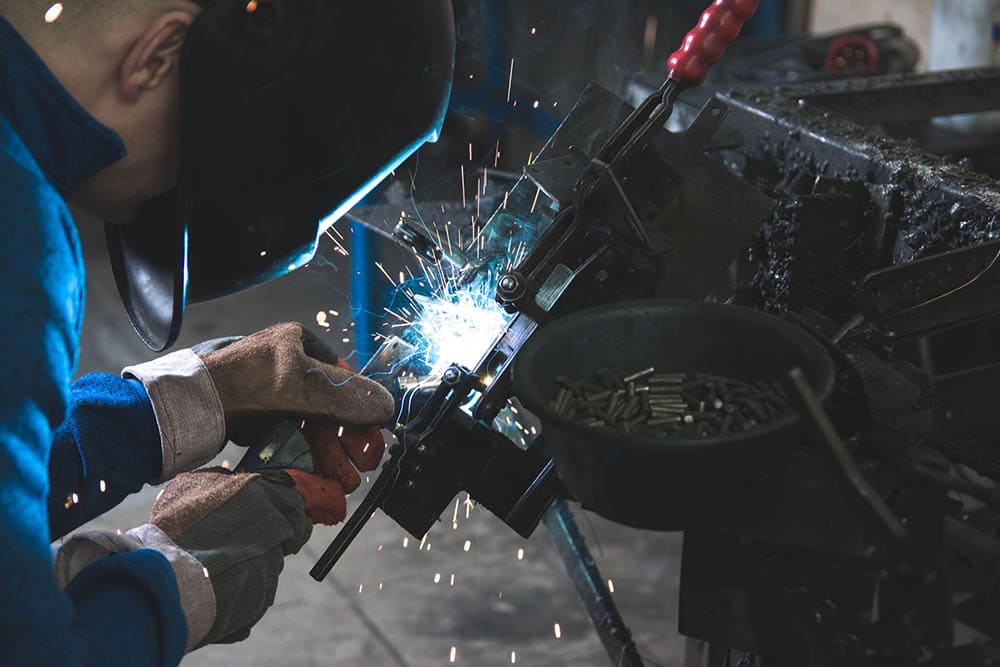
5. Milk Beats Fumes
There is no evidence to prove that milk or milk products help to reduce the risk of welding fumes. Milk contains protein, calcium, and other vitamins and minerals. But these nutrients don’t have any benefit when consumed before or during welding.
The idea that drinking milk will protect you from welding fumes is quite common. Like most myths, it is based on shaky science. It is said that consuming protein helps neutralize fumes. However, one study showed milk did not affect welders. Milk may have the opposite effect. It reduces lung function.
6. You Can Weld Anything
Welding is the strongest bond there is, but it does not mean you can weld anything. It is the biggest myth of all. You can weld many metals, but you cannot weld everything.
There are hundreds of different welding processes. None of them works for every kind of metal. You cannot throw together some electrodes and gas and weld everything.
There are two kinds of a weld. They include:
- Mechanical – The metal is held together by sheer force, whether it comes from heat, pressure, or chemical bonding.
- Metallurgical – The metal is held together by something specific to the metal.
Mechanical welds are stronger than metallurgical welds. If the metal is thicker, the weld will be stronger. But metallurgy is like chemistry. The bonds between the atoms are stronger. Some of the metals that you can weld include:
- Copper alloys
- Steel
- Nickel alloys
- Cast iron
- Aluminum alloys
- Stainless steel
- Titanium
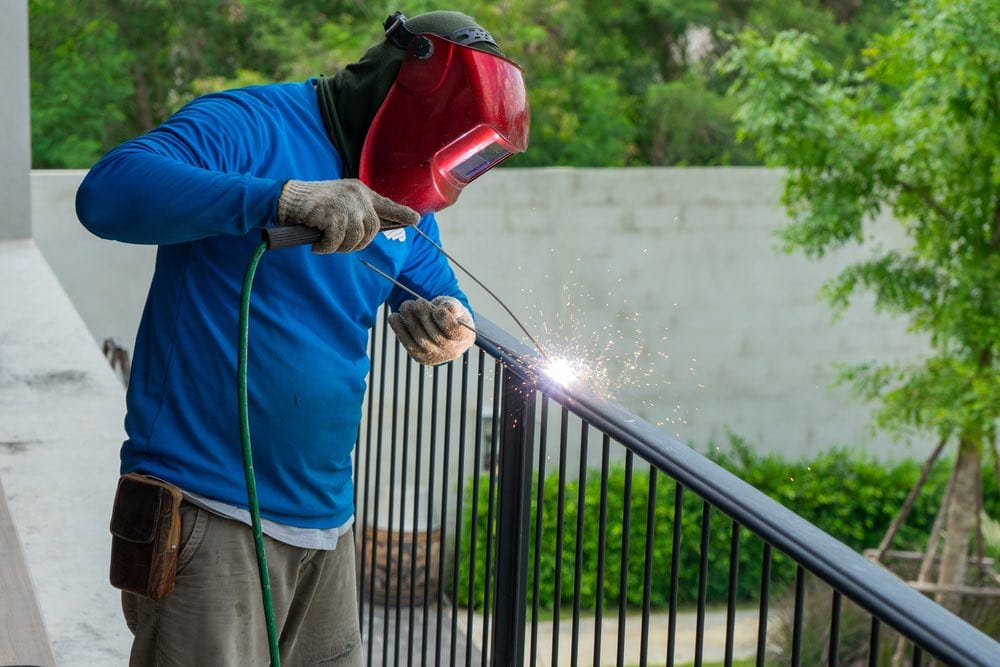
7. Welding is Easy
Most welders think that welding is easy. They know that welding needs skill. So, they assume that anyone who can weld a soldering iron can weld. They do not understand that welding needs an entirely different set of skills.
Welding involves many mechanical skills, to be sure. It also needs an artistic eye, sensitivity to materials, and a sense of proportion. A welder must create powerful and graceful welds, which is somewhat challenging.
8. Welding is Dirty
This myth is reinforced by the idea of slag, which generally looks dirty. But in fact, not all welding is dirty. Welding is dirty if it involves large sheets of metal, where a large amount of slag is produced. However, most welding is manual or semi-automatic. Rather than producing large sheets of slag, the welder typically creates small ones.
Welding is not dirty. It may look dusty, but it is not. What looks like dirt is slag. Slag is a dirty-looking solid material, but most of it is dust. Dust is the least problematic part.
Most of the dirt comes from flux, a substance added to the weld that melts and drips off. Dust and flux are easy to clean.
9. Welding Can’t Be Taught
You do not have to be a genius to be a welder. The only thing you need is to be willing to learn how to do it. And it takes practice. Most people pay someone to weld items for them. It is not because they cannot weld, but because they do not know how to weld.
Welding can be taught. You need the training to learn to weld, just as you need the training to learn to play sports or an instrument.
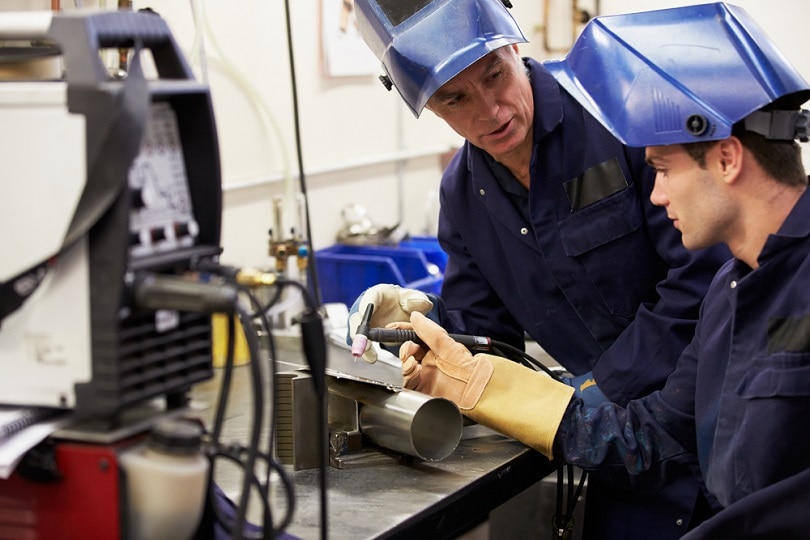
10. Reverse Polarity in Welding will Destroy Your Equipment
The phrase “reverse polarity” has a bad reputation. It conjures up images of welding torches that melt equipment rather than weld it. But the opposite is more often the case. Reverse polarity welding (RPW) is the process of using electricity to weld steel.
Most people believe that if you use reverse polarity, it will damage your equipment. It’s promoted by the manufacturers that want you to keep buying new equipment from them.
The truth is that current polarity during a weld has nothing to do with the equipment. The only current polarity that affects the equipment is the power supply’s polarity. If the polarity of the power supply is reversed, the equipment can be damaged. However, the polarity of the power supply is never changed during a weld.
11. The Only Way to Learn How to Weld Is Through Experience
One can learn how to be an expert at welding it through reading books, enrolling in specialized courses, attending workshops, etc. This makes it wrong to propagate the myth that learning how to weld is possible only through experience.
12. Welding is Only Done Outdoors
Most welders believe that welding is only done outdoors. But, for several types of welding, it can be done indoors. Some examples of metals that you can weld indoors include Aluminum, Brass, Copper, and Steel.
But welding of plastics and stainless steel cannot be performed indoors. Most welders prefer to weld outdoors because:
- The weather is better
- It’s easier to see what you’re doing
- It’s easier to get equipment
- It’s easier to get supplies like wire and flux on-site
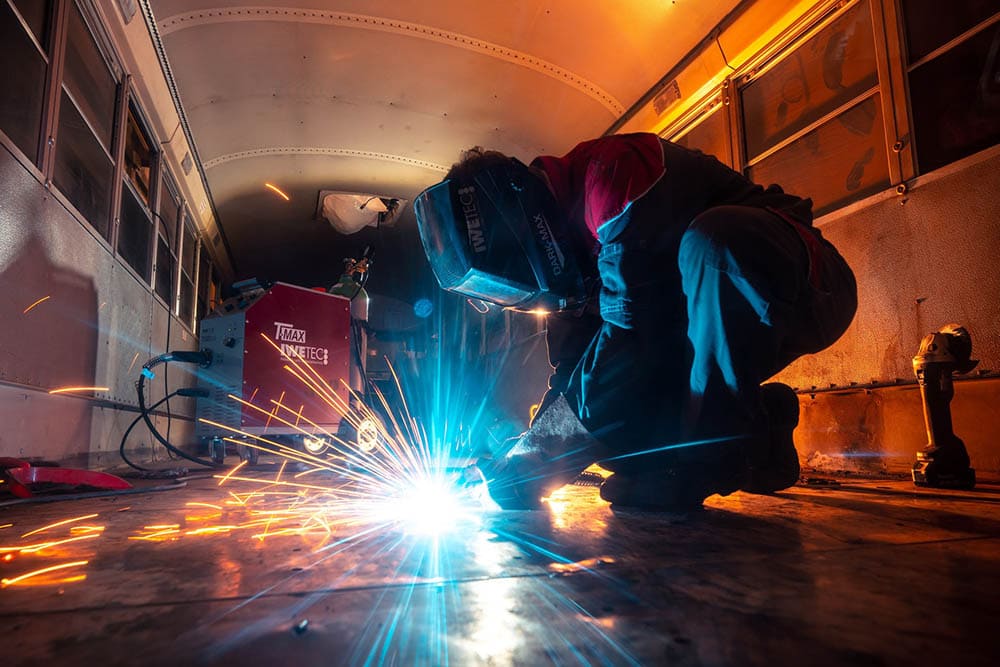
13. You Need Expensive Equipment to Practice
Not true. You can get excellent welds with old, cheap tools. Start with some basic equipment. Have a welding helmet, a welding cable, and a welding torch.
For a welder, equipment is not everything. You do not even need to invest in many tools to get started. For example, the oxy-acetylene welding torch costs less than $100 in most stores. Buy one, practice with it, and then buy the TIG torch later.
You can practice welding with simple equipment. You will not be able to make professional welds. But you should be able to make welds good enough to make repairs. So, you don’t need expensive equipment to practice welding.
14. All Welders Are Construction Workers
Even though construction workers are welders, they are not welders per se, meaning that this myth does not hold water. Welders are also responsible for carrying out welding operations in shipyards, manufacturing plants, nuclear power plants among other facilities where welding is required. Thus, you cannot conclude that all welders are construction workers.
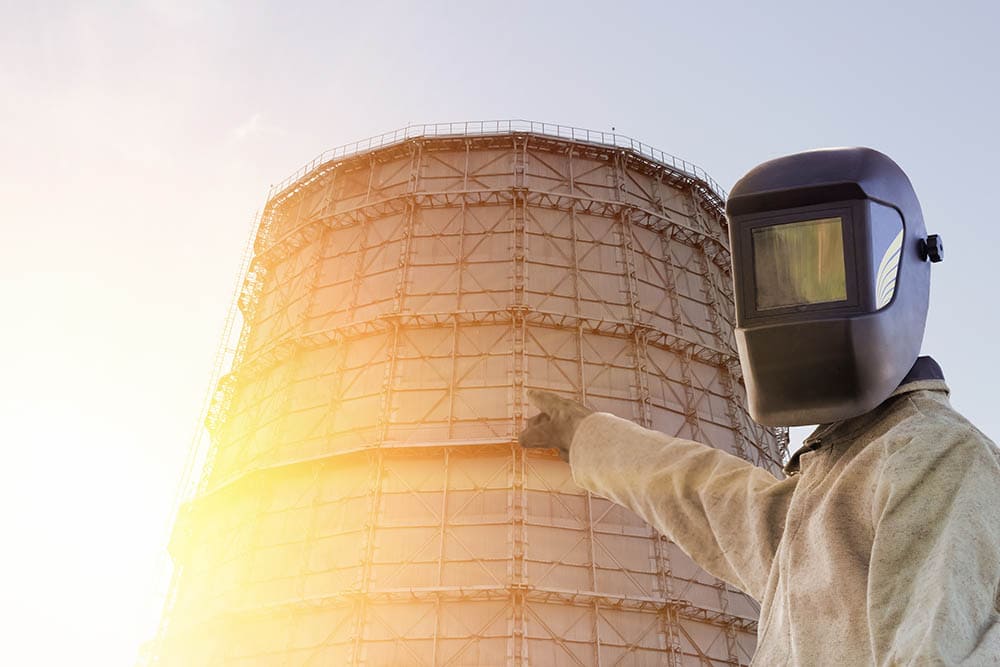
15. Only Physically Strong People Can Be Great Welders
People who work out a lot are physically strong. But strength alone doesn’t make you a great welder.
In welding, strength is not the only thing you need. You also want flexibility, dexterity, and endurance. Welders twist and contort themselves into awkward positions.
So, physical training is helpful, but it isn’t the whole story. To become a great welder, you have to develop a feel for what you are doing. You have to understand the relationship between force and motion. You must understand how your body works.
The best welders are people who are good at figuring these things out naturally. You can train to be a better welder, but training will not make you a natural welder.
Final Thoughts
According to the American Welding Society (AWS), welding is the science and technology of joining and fabricating metal. The art of welding has improved over the years, making it easier for welders to perform their jobs conveniently and correctly.
But there are still myths that surround the profession. Even the most experienced welders fall victim to the most common mistakes and myths.
Whether you are a veteran welder or just starting, you need to be aware of these common welding myths. Knowing the truth behind these “truths” will help bridge that gap into becoming a better welder.
